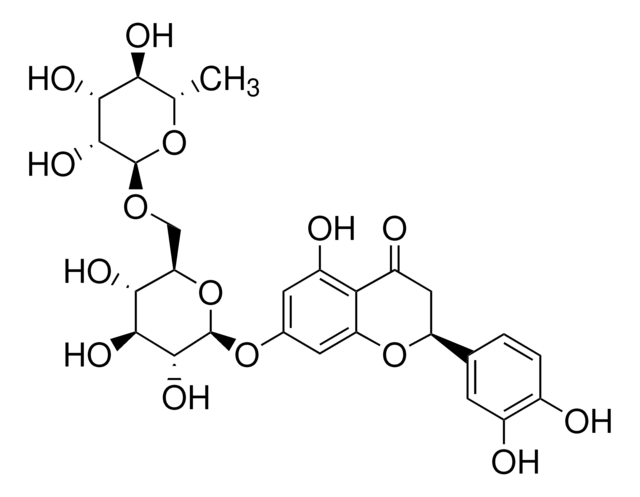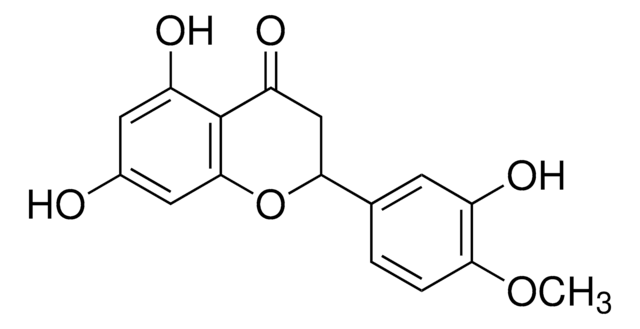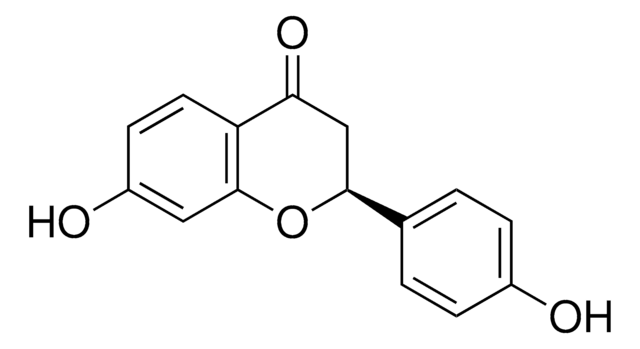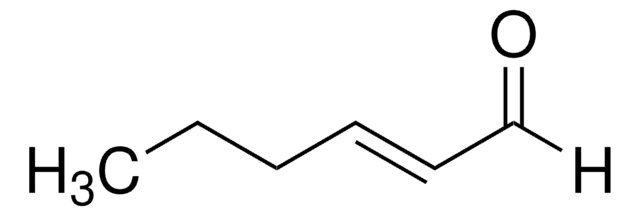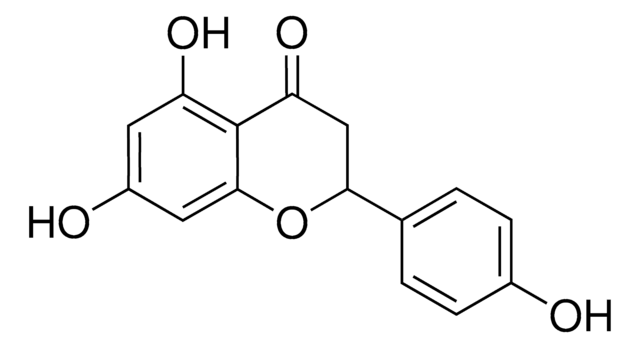Kluczowe dokumenty
94113
Eriocitrin
analytical standard
Synonim(y):
(S)-3′,4′,5,7-Tetrahydroxyflavanone-7-[6-O-(α-L-rhamnopyranosyl)-β-D-glucopyranoside], Eriodictioside, Eriodictyol 7-O-rutinoside
About This Item
Polecane produkty
klasa czystości
analytical standard
Poziom jakości
Próba
≥98.0% (HPLC)
okres trwałości
limited shelf life, expiry date on the label
metody
HPLC: suitable
gas chromatography (GC): suitable
zanieczyszczenia
≤10.0% water
Zastosowanie
food and beverages
Format
neat
temp. przechowywania
2-8°C
ciąg SMILES
C[C@@H]1O[C@@H](OC[C@H]2O[C@@H](Oc3cc(O)c4C(=O)C[C@H](Oc4c3)c5ccc(O)c(O)c5)[C@H](O)[C@@H](O)[C@@H]2O)[C@H](O)[C@H](O)[C@H]1O
InChI
1S/C27H32O15/c1-9-20(32)22(34)24(36)26(39-9)38-8-18-21(33)23(35)25(37)27(42-18)40-11-5-14(30)19-15(31)7-16(41-17(19)6-11)10-2-3-12(28)13(29)4-10/h2-6,9,16,18,20-30,32-37H,7-8H2,1H3/t9-,16-,18+,20-,21+,22+,23-,24+,25+,26+,27+/m0/s1
Klucz InChI
OMQADRGFMLGFJF-MNPJBKLOSA-N
Szukasz podobnych produktów? Odwiedź Przewodnik dotyczący porównywania produktów
Opis ogólny
Zastosowanie
Działania biochem./fizjol.
Opakowanie
Kod klasy składowania
11 - Combustible Solids
Klasa zagrożenia wodnego (WGK)
WGK 3
Temperatura zapłonu (°F)
Not applicable
Temperatura zapłonu (°C)
Not applicable
Wybierz jedną z najnowszych wersji:
Masz już ten produkt?
Dokumenty związane z niedawno zakupionymi produktami zostały zamieszczone w Bibliotece dokumentów.
Nasz zespół naukowców ma doświadczenie we wszystkich obszarach badań, w tym w naukach przyrodniczych, materiałoznawstwie, syntezie chemicznej, chromatografii, analityce i wielu innych dziedzinach.
Skontaktuj się z zespołem ds. pomocy technicznej